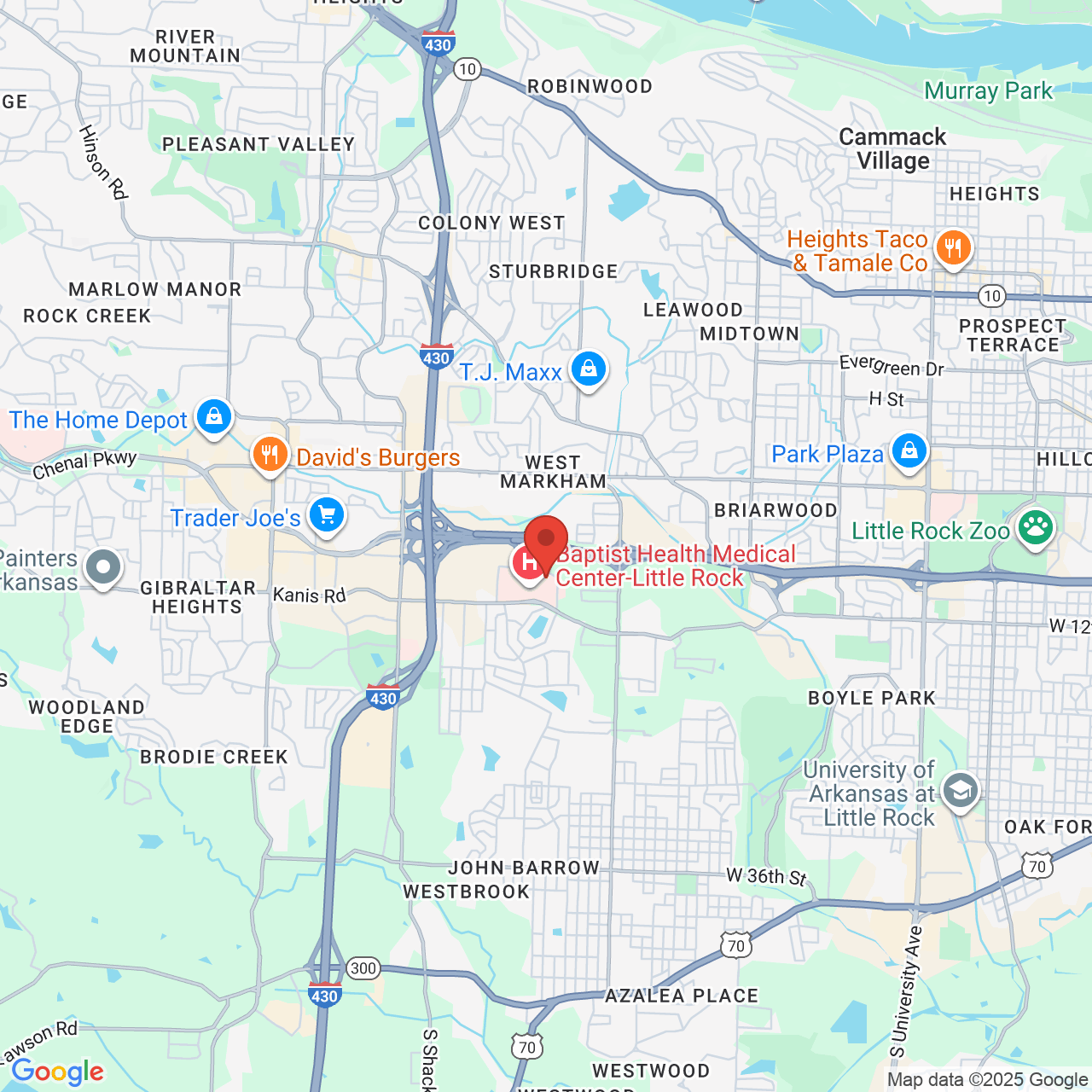TUMMY TUCK

Tummy tuck, also known as abdominoplasty, can remove excessive soft tissue (skin and fat) from the lower abdomen while tightening the underlying fascial system with attendant muscles. This procedure is indicated when there is bulging due to abnormal stretching of the abdominal wall and excess skin and fat. The extent of surgery depends on the amount of excess soft tissues as well as the laxity of the abdominal muscles. Symptoms such as low back pain, skin rashes and abdominal discomfort may be relieved as a result of the procedure.
The lower abdominals in particular are difficult to tone. Men and women both tend to accumulate fat in the lower abdomen as they age, and women who have experienced a C-section might also have weaker muscles in that area. During a lower tummy tuck, skin and extra tissues below your naval are trimmed and tightened, resulting in a flatter stomach and a reduction in flab.



Dr. English performs tummy tuck surgery at his surgical facility in Little Rock under general anesthesia. In some cases, the belly button is repositioned because of the amount of skin that is removed. Although hidden by clothing, a scar is unavoidable. It may widen over time, however, revision is uncommon. Every effort is made to reduce the size of the scar and to make it as inconspicuous as possible through such methods as taping the incision post-operatively and the use of IPL and laser treatments. In spite of the incisional scar, most tummy tuck patients are enthusiastic about their results.

During the initial consultation, Dr. English will analyze your abdomen and discuss your objectives. He will also review your medical history and lifestyle choices while conducting a physical exam to determine your skin quality, elasticity, and thickness for optimal results. You may be a candidate for a tummy tuck if you:
- have excess fat that does not respond to weight loss
- have excess skin after pregnancy or weight loss;
- are in good physical and mental health, with good elasticity of the skin;
- are a non-smoker or committed to refraining from smoking;
- have realistic expectations of the outcome of your surgery; and
- understand the recovery process.


Most of Dr. English’s patients reported moderate swelling around the incision, peaking in between 72 to 96 hours. As a general rule, 80 percent of the swelling is gone in four to six weeks, and the remainder should resolve in four to six months. To minimize swelling, patients should rest and sleep in a reclining position for at least two weeks after surgery. It is important that patients sleep on their backs rather than their sides. Avoidance of salt in the diet also helps to prevent excess swelling. Hourly movement of the lower extremities helps to prevent leg swelling and blood clots.
You may notice bruising in the surgical area following the procedure. Should this happen, bruising should improve in two to four weeks. Some oozing along the incision site may occur in the first 24 to 72 hours after surgery. Near your incision area or underneath your skin, you may experience tenderness, firmness, or numbness. Your usual feeling should return several months after surgery.
Lifestyle issues, such as smoking, or previous abdominal surgeries, such as gallbladder, gastric bypass, C-section, or liposuction, may delay healing and/or change Dr. English’s recommendations. Healing never takes place all at once, meaning your ideal results are usually achieved six to nine months following the procedure. The best outcomes result from following the post-operative instructions and practicing good health habits.


